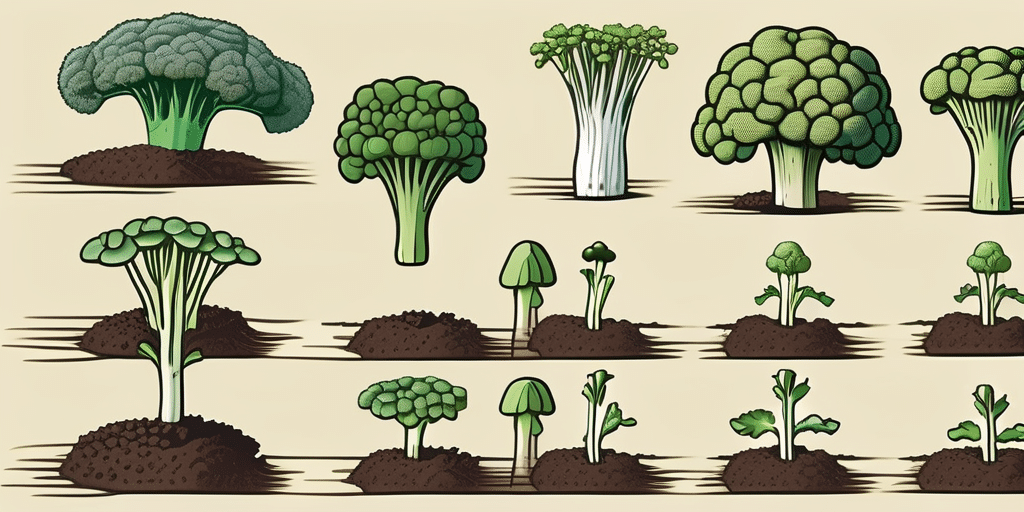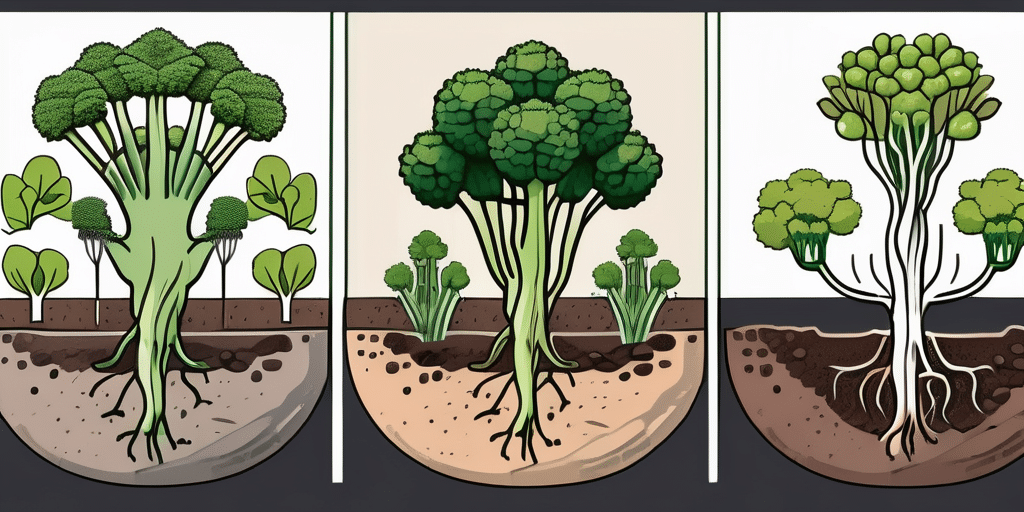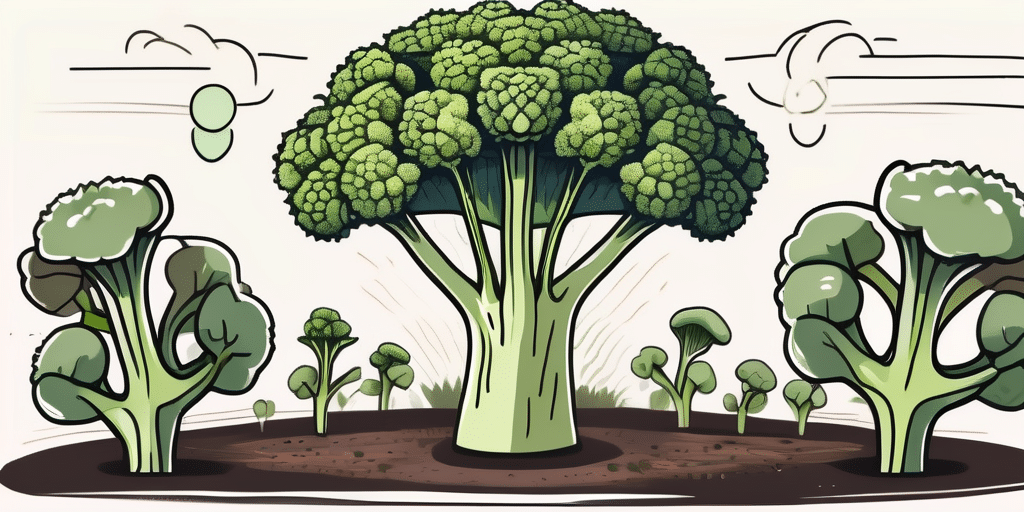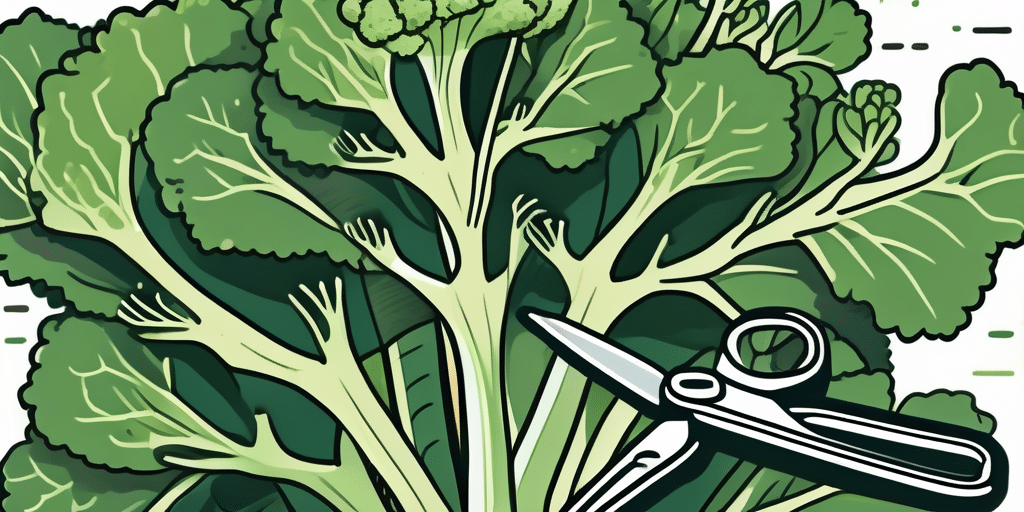The term “short-form” is often thrown around in the world of content creation, but what does it really mean? In essence, short-form refers to content that is brief and to-the-point, designed to convey information quickly and efficiently. This type of content is becoming increasingly popular in our fast-paced, digital age where attention spans are short and information overload is a common problem. But how do you create engaging short-form content? Let’s dive in and explore.
Understanding Short-Form Content
Before we delve into the how-to’s, it’s important to understand what short-form content is and why it’s so important. According to the Nielsen Norman Group, short-form content is typically less than 1,200 words. It’s designed to be consumed quickly, often in less than a minute. This type of content is ideal for social media, where users are scrolling through feeds and only stopping briefly to engage with content.
Short-form content isn’t just about brevity, though. It’s also about delivering value in a compact package. This means that every word counts. You need to convey your message clearly and concisely, without any unnecessary fluff. This can be a challenge, but with practice, you can become adept at creating high-quality short-form content.
Creating Engaging Short-Form Content
Know Your Audience
The first step in creating engaging short-form content is to know your audience. According to the Pew Research Center, different demographics prefer different types of content. For example, younger audiences tend to prefer visual content, while older audiences may prefer text-based content. Understanding your audience’s preferences can help you tailor your content to their needs.
Additionally, knowing your audience’s pain points and interests can help you create content that resonates with them. If you can address a problem they’re facing or provide information they’re interested in, they’re more likely to engage with your content.
Keep It Simple
One of the key characteristics of short-form content is simplicity. According to the U.S. Department of Health and Human Services, web users prefer content that is easy to scan and understand. This means using simple language, short sentences, and clear headings.
Additionally, it’s important to stay focused. Stick to one main idea or topic per piece of content. Trying to cover too much in a short piece of content can make it confusing and difficult to follow.
Types of Short-Form Content
There are many different types of short-form content, each with its own strengths and weaknesses. Here are a few examples:
- Social media posts: These are perfect for short, snappy messages and visual content. They’re great for reaching a large audience and driving engagement.
- Blog posts: Short blog posts can be a great way to provide valuable information in a concise format. They’re also great for SEO.
- Email newsletters: These can be a great way to keep your audience updated and engaged. They can be brief and to-the-point, while still providing valuable information.
- Infographics: These are a great way to present complex information in a visually appealing and easy-to-understand format.
Choosing the right type of short-form content depends on your audience, your message, and your goals.
Conclusion
Short-form content is a powerful tool in the world of digital marketing. It allows you to reach a large audience, deliver value quickly, and drive engagement. By understanding your audience, keeping your content simple and focused, and choosing the right format, you can create short-form content that resonates with your audience and achieves your goals.
Remember, creating engaging short-form content is a skill that takes practice. Don’t be discouraged if your first few attempts aren’t perfect. Keep experimenting, learning, and improving, and you’ll soon be a master of short-form content.
Join Our Green-Thumbed Community!
Ready to transform your thumb into a vibrant shade of green? Subscribe for free to How to Grow Everything and start building the garden of your dreams today! Receive personalized gardening advice tailored to your specific location, grow zone, and experience level. Enjoy the best gardening tips, special offers, and deals delivered straight to your inbox—no spam, just pure plant joy. Join our family of garden enthusiasts and grow your knowledge with thousands of free articles. Let’s dig in and grow together!






